Tetrabenazine is a widely used medication for managing hyperkinetic movement disorders, including chorea associated with Huntington’s disease. It helps control involuntary, jerky movements by modulating dopamine levels in the brain, making it an effective treatment for neurological conditions characterized by excessive motor activity. It depletes monoamines like dopamine, serotonin, and norepinephrine in the central nervous system, which helps reduce excessive motor activity.
Key Points:
1. Mechanism of Action:
Tetrabenazine inhibits vesicular monoamine transporter 2 (VMAT2), reducing the uptake of monoamines into synaptic vesicles and leading to their degradation in the cytoplasm.
2. Indications:
- Chorea: Associated with Huntington’s disease.
- Other hyperkinetic movement disorders: (e.g., tardive dyskinesia, Tourette syndrome).
3. Side Effects:
- Sedation, drowsiness, or fatigue.
- Depression or suicidal thoughts (requires monitoring).
- Parkinsonism (e.g., rigidity, bradykinesia).
- Insomnia, anxiety, or agitation.
4. Contraindications:
- Patients with untreated or inadequately treated depression.
- Suicidal ideation or history of suicide attempts.
- Hepatic impairment (dose adjustment may be required).
5. Dosage:
Typically started at a low dose and gradually increased based on response and tolerability.
Monitoring:
Regular monitoring for mood changes, sedation, and extrapyramidal symptoms is essential.
Important Considerations:
- Tetrabenazine can cause significant side effects, so it should be prescribed and monitored by a healthcare professional experienced in movement disorders.
- It is not a cure for Huntington’s disease but helps manage chorea symptoms.
If you or someone you know is prescribed tetrabenazine, ensure close follow-up with the prescribing doctor to manage potential side effects and optimize treatment.









